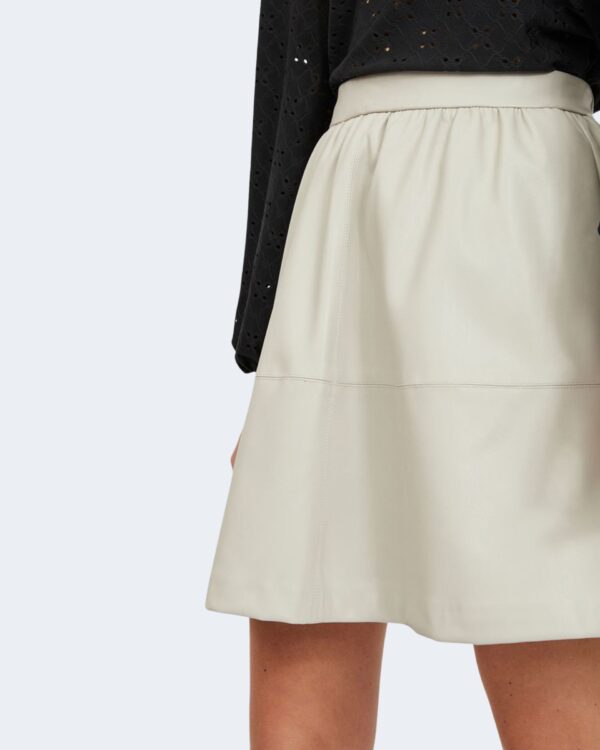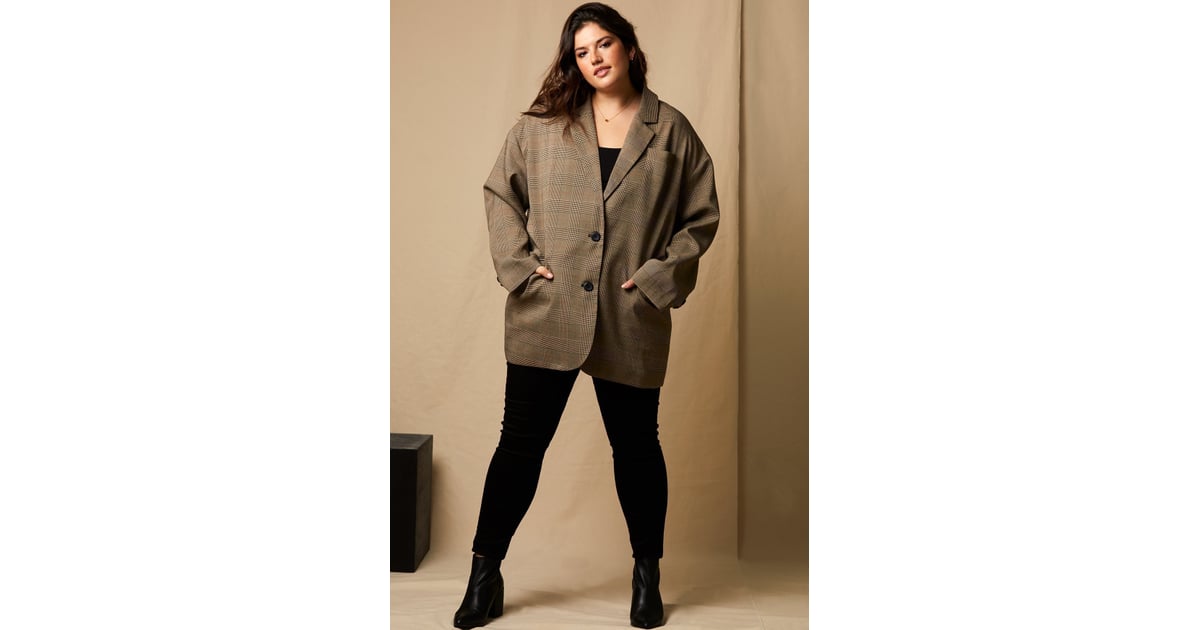

Following in the footsteps of fast fashion groundbreakers, Choosy’s production team is also vertical, with all designers and manufacturers in house, enabling them to very quickly pivot and produce new lines. How will they compete? Observing what’s worked for brands in the past, they’re taking a leaf out of quite a few books.

In-house designers will select what to create based on data pulled from Instagram, using algorithms that comb trending celebrity posts with comments like ‘Where can I buy this?’ and posts that customers have commented on with ‘#GetChoosy.’” The brand is letting customer preference drive their product decisions, rather than following the runway and hoping for the other way around. They look at styles made popular by the world’s most followed influencers and see which styles fans are actively looking to find for themselves.Īccording to Digiday, “Choosy is looking to social media - rather than the runway - for inspiration. Combined with insights from social media demonstrating new trends and brand feedback in real time, this data informs algorithms that regularly recommend adjustments along the supply chain.Ĭhoosy is a New York and China-based new age contender in the fast fashion space that intends to inform its entire product development strategy using social media data. All merchandising decisions at the store are driven by data, leveraging personal digital assistants that evaluate consumer product preferences in real time. The brand produces around 450 million items annually in regular small batch deliveries. Zara has a particularly rich reputation for its innovative supply chain and extensive use of AI in decision-making. Often this involves the “copycat” approach by which brands to a large extent pull styles directly from runway designers and reproduce them for far less.īrands like Zara, H&M, Asos and Missguided have popularized the term, picking up on a rising consumer behavior over the last decade by which more, lower cost clothing items are being purchased but kept only half as long.Īccording to a 2016 McKinsey report, “By compressing production cycles and turning out up-to-the-minute designs, these businesses have enabled shoppers not only to expand their wardrobes but also to refresh them quickly.”ĭoing this correctly requires vertical integration in the supply chain, a method by which all research, design and production is done in-house, enabling just in time production which allows for fast turnaround times and flexible factory capacities.

Fast fashion is a term coined by some of today’s largest global fashion brands who have created a business model around mass produced ready-to-wear styles for the low end consumer, in very short turnaround times.


 0 kommentar(er)
0 kommentar(er)
